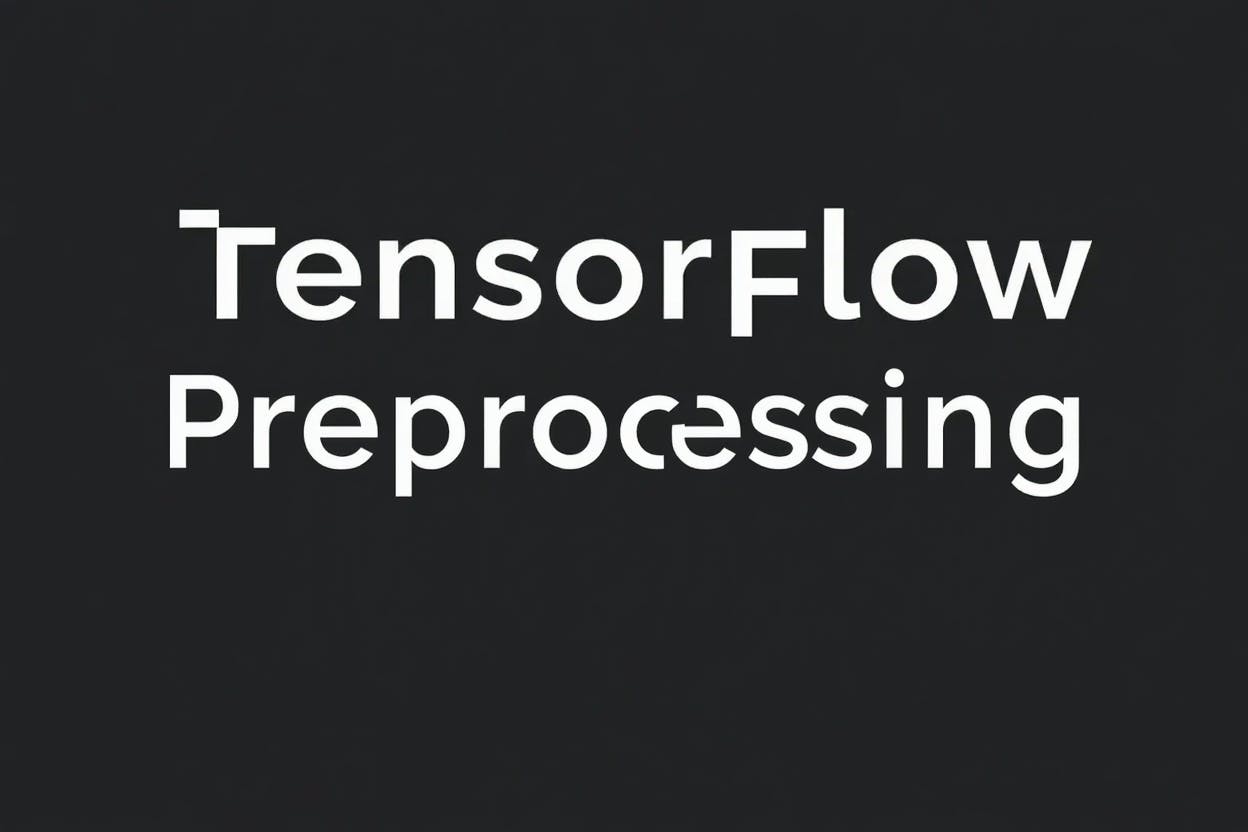
Skyscapes category winner

The overall winner and Galaxies category winner
![EMBARGOED 11 SEPTEMBER 2025 19:30 BST ZWO Astronomy Photographer of the Year 17 Our Moon Winner The Trace of Refraction ? Marcella Giulia Pace (Italy) This image captures the phenomenon of atmospheric refraction, where moonlight passes through dense layers of Earth?s atmosphere near the horizon, bending in a manner similar to light rays through a prism. Additionally, the redness of the Moon can be explained by a process known as Rayleigh scattering [smaller particles in the atmosphere scatter shorter wavelengths of light, resulting in longer wavelengths, namely red, being more predominant]. Taken with a Nikon D7100 camera, 600 mm f/6.3, ISO 100, 1-second exposure Location: Contrada Sant?Ippolito, Modica, Sicily, Italy, 7 April 2024](https://metro.co.uk/wp-content/uploads/2025/09/SEI_265481504-704f.jpg?quality=90&strip=all&w=646)
Our Moon category winner
![EMBARGOED 11 SEPTEMBER 2025 19:30 BST ZWO Astronomy Photographer of the Year 17 Annie Maunder Open Category Fourth Dimension ? Leonardo Di Maggio (UK) The image uses data of gravitational lensing [magnifies distant galaxies by bending light through massive foreground objects] from the James Webb Space Telescope (JWST) and combines it with a photograph that Leonardo Di Maggio took of the inside of a meteorite. Inside some meteorites, patterns are formed through the extremely slow cooling of metal alloys over millions of years. This particular pattern has an incredible geometric design, looking almost like the edges of boxes or buildings in a city. Some images produced by JWST, if processed a certain way, would have a very similar look due to the star diffraction spikes. This piece can be imagined as an alien ship, city, dimension or anything in between, with the distorted galaxies on the right giving a sense of movement and surreal science-fiction symbolism. Both images have been converted to black and white and merged with the opacity of the meteorite layer set low to allow the JWST data to still bleed through and to produce a surreal hazy look. Original data from, JWST, NIRCam, Near-Infrared, NASA, ESA, CSA, STScI from 12 July 2022 Data credit: NASA, ESA, CSA, STScI](https://metro.co.uk/wp-content/uploads/2025/09/SEI_265481428-33d8.jpg?quality=90&strip=all&w=646)
The Annie Maunder Open Category

People and Space category winner

The Sir Patrick Moore Prize for Best Newcomer

Planets, Comets and Asteroids category winner

ZWO Young Competition
![EMBARGOED 11 SEPTEMBER 2025 19:30 BST ZWO Astronomy Photographer of the Year 17 Stars and Nebulae Winner M13: An Ultra-Deep Exposure of the Popular Cluster ? Distant Luminosity Julian Zoller, Jan Beckmann, Lukas Eisert, Wolfgang Hummel (all Germany) M13, or the Great Hercules Cluster, is one of the most prominent and well-studied globular clusters in the northern sky. Discovered by Edmond Halley in 1714, it is located in the constellation Hercules and lies about 22,200 light years from Earth. With an apparent magnitude [a measure of brightness] of 5.8, M13 is visible to the naked eye under dark skies and can be easily observed through binoculars or a small telescope. Our goal was to get the deepest possible image of the cluster, in which, to our surprise, even integrated flux nebulae (IFN) clouds appeared. At approximately 145 light years in diameter, M13 is one of the larger globular clusters associated with the Milky Way ? a tightly packed sphere of hundreds of thousands of stars. At its core some stars are as close as 0.05 light years apart, about one-tenth the distance between the Sun and its nearest stellar neighbour. Although M13 is one of the most photographed astronomical objects, there are only a few deep images that show the numerous small background galaxies in the field. Taken with a TS-Optics 200 mm/8 ONTC f/4 Newtonian telescope, iOptron CEM70G mount, ZWO ASI2600MM Pro camera, 800 mm f/4, 300-second exposures, 29.25 hours total exposure Location: Pena Trevinca, Veiga, Gij?n Municipality, Asturias, Spain, 25 September 2024](https://metro.co.uk/wp-content/uploads/2025/09/SEI_265481541-14bc.jpg?quality=90&strip=all&w=646)
Stars and Nebulae category winner

Aurorae category winner


News Updates
Stay on top of the headlines with daily email updates.








